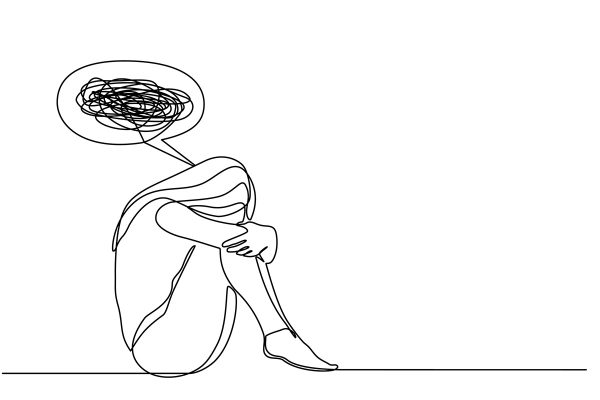Putting pressure on campuses to curb sexual assault
Universities taking responsibility for crime could help diminish violence
Landry is a senior journalism major and Editor in Chief of The Spectator. Landry can be reached at [email protected] or @MarthaLandryy.
April 30, 2014
April was an important month for the issue of sexual assault.
On Tuesday, the White House released guidelines increasing pressure on universities and colleges across the country to more aggressively combat sexual assault.
On April 10, senators from both sides of the aisle wrote a letter to U.S. News & World Report, a trusted ranking organization of U.S. universities and colleges, urging the report to include sexual assault statistics when ranking institutions.
Both the White House report and inclusion of sexual violence stats in college rankings could be major step to show both the negative and positive aspects of campuses, which I think are very important.
The federal guidelines explain ways universities can better survey the current sexual assault climate, prevent future sexual assault, make response more efficient, and make efforts more transparent.
I am happy to see our federal government taking a stance on this important issue. It not only raises awareness, but it will help make it the ‘norm’ to openly discuss sexual assault.
The letter to U.S. News & World Report asks the report to include safety information to give parents and future students the best information possible.
“Institutions that fail to adequately respond to sexual violence should not receive accolades from your publication,” the letter reads.
I wholeheartedly agree with that statement. Students attend universities and colleges for an education, but if the education is received in an unsafe environment, it diminishes its worth.
The sexual assault data, which could portray a university in either a good or bad light, could be listed with tuition costs, campus population and student-to-faculty ratios.
If a university is ranked 15th in the nation for its art department but 7th highest for sexual assaults, I would want to know right away. And I think students should have the right to know.
UW-Eau Claire sophomore Katelyn Haupt said she “definitely” would have looked at that information when applying to colleges.
“It’s also not necessarily something you think about when you are chilling on campus because you think it’s a safe place,” Haupt said. “But it may not be and if it’s not I probably wouldn’t want to go there.”
Haupt said she would worry the information could get misinterpreted when comparing universities in the country versus the city.
It is no secret that sexual assault can be a scary conversation. But it shouldn’t be!
Sexual assault on college campuses is an important conversation, and I think giving the data the attention it deserves could be an effective way to spark major change from each level of a university, administration, faculty and students.
It also puts pressure on our society as a whole to make a stronger effort to teach people to not sexually assault, rather than just teaching men and women to avoid the assault.
If a university has strong prevention statistics, this is a way to showcase it as a safe university. If a college has a great track record for response, it can let future students, men and women, know they will be a good choice.










